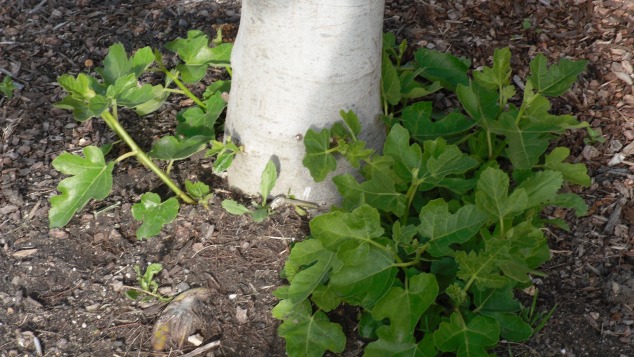Agricultural crops, annual flowers, and vegetables are all short-lived plants and respond well to fertilizer.
(Photo credit: “Blackjack basal shoots" by NativeForeigner, licensed under CC BY-SA 3.0.)
(Continued from Fertilizer 1)
Agricultural crops, annual flowers, and vegetables are all short-lived plants and respond well to fertilizer. You cannot have a nice lawn without it. The problem is when we use that thinking about trees. Any tree growing in a healthy, good-looking lawn has already received as much fertilizer as it needs, or more. The problem with too much fertilizer starts here.
All plants have very complicated bodies and, like ours, they have hormones, growth regulators, one of the most important being Auxin. Auxin is responsible for shoot extension. Long-lived trees have learned to regulate their growth to match environmental conditions and to act differently as the tree ages. In a sense, the growth regulator is a locked system. But locks can be picked. This is exactly what too much nitrogen does. It forces the growth regulator to go beyond its natural safe limits.
Shoot extensions can be forced to grow abnormally long. Forced to grow beyond its natural limits, a shoot is stretched and the subsequent branch and trunk can be much weaker than its naturally-growing brother. You may have great growth but the shoot is not stronger.
How many broken trees have failed in weak trunk sections that were forced to grow like turf? This is the classic “higher-faster-farther” that trips us up. It’s a holdover of 50s thinking—the exact same ideas that intended to improve the world with DDT.
(Photo credit: “Blackjack basal shoots" by NativeForeigner, licensed under CC BY-SA 3.0.)









